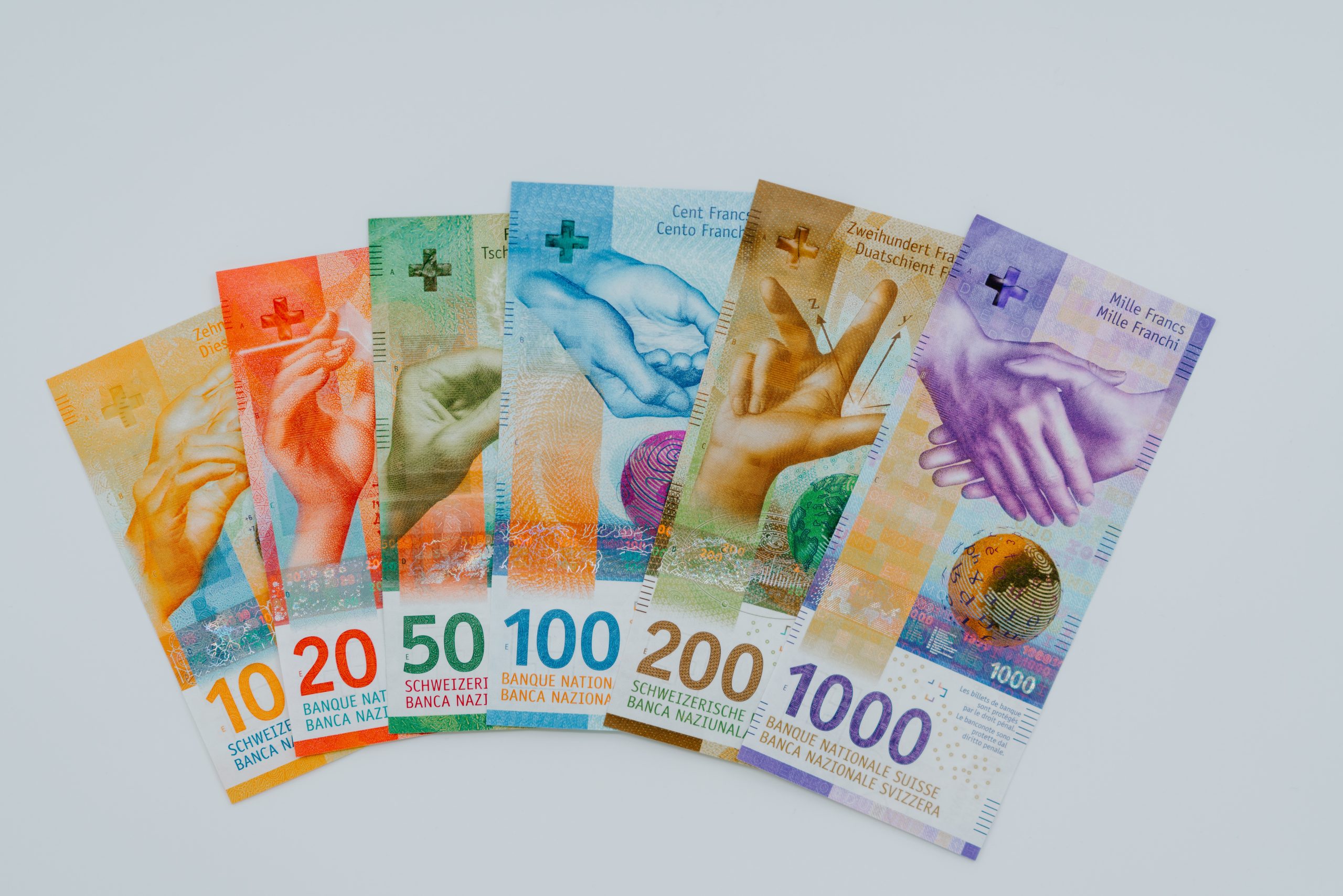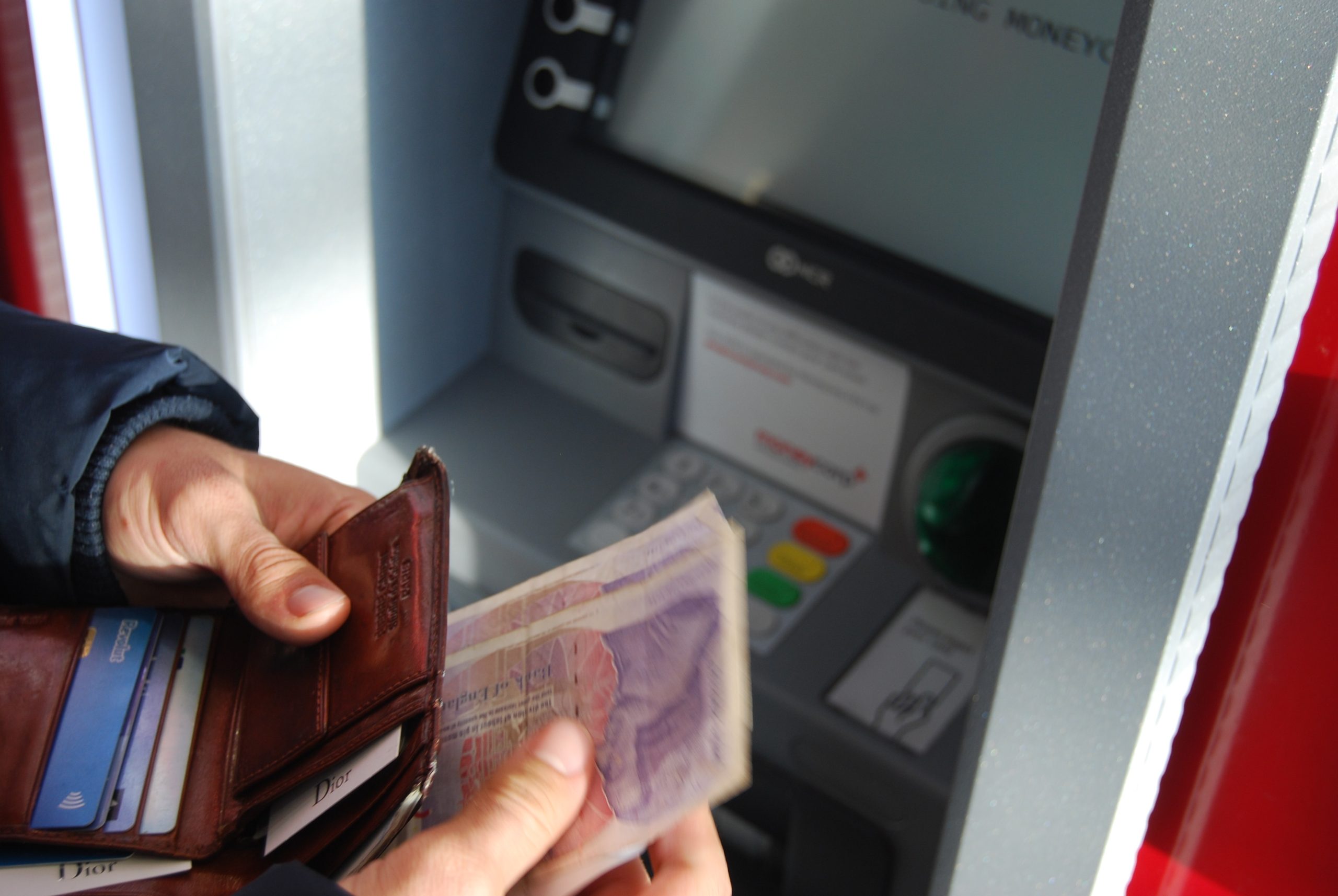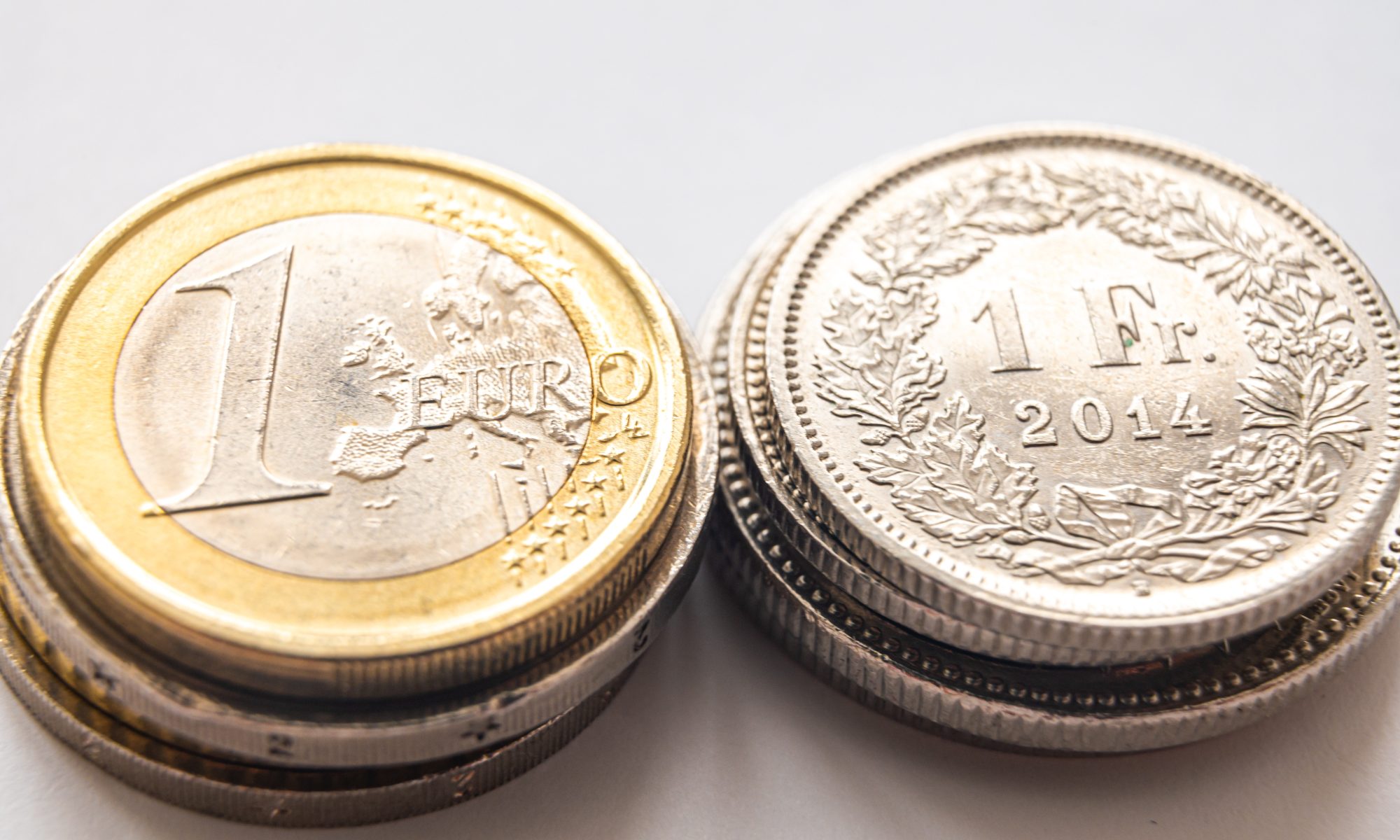As you plan your trip to Switzerland, you may wonder how to handle foreign currency and more specifically, how to deal with Swiss Francs. We’ve got you covered. Let’s dive into it! In this blog post, you’ll learn about crucial tips on foreign currency exchange and managing your money while traveling, with a special emphasis on Switzerland.
Understanding foreign currency exchange
The first thing to understand for managing your money when traveling internationally is the basics of foreign currency exchange. Different countries in Europe have different currencies, not just the Euro, and the value of one currency compared to another is determined by the exchange rate. Keep in mind that exchange rates fluctuate due to various economic factors, so it’s essential to stay updated.

Learn the currency codes
Every currency in the world is identified by a three-letter code. Most codes are intuitive and easy to decipher. For example, the United States Dollar is USD, the Euro is EUR, the Canadian Dollar is CAD. However, other currency codes take a little work to figure out, such as the Swiss Franc (CHF), the British Pound (GBP), or the Swedish Krona (SEK).
Don’t do it in America
One of the best strategies is to get your foreign currency after you have arrived in the country, since American banks don’t normally stock and exchange foreign currency, and they often charge more fees. You’re better off doing all your foreign currency transactions over there, whether it’s at an ATM, airport, train station, or bank.
Banks and credit cards
Make most or all your purchases by credit card — that way you’ll get the best exchange rate. It’s essential to check with your bank before you travel to understand any charges, and don’t forget to inform them about your travel plans to avoid any card blockages caused by suspicious foreign transactions.
At most credit card terminals in Europe, they give you a choice of how you want to process the transaction — USD or EUR. Always choose the currency of the country where you’re making the transaction (e.g., CHF, EUR, GBP, etc.), since it gives you a slightly better rate.
ATMs in Switzerland
ATMs, known as Bancomats in Switzerland, are widespread and offer a convenient way to withdraw Swiss Francs. They also typically offer better exchange rates than currency exchange services, and most of them provide instructions in English.

Cash or card in Switzerland
Switzerland is a highly developed country, and credit cards are widely accepted. However, it’s always a good idea to carry some cash for smaller establishments, outdoor markets, or in case of an emergency.
For the occasional cash needs, go to an ATM at the start of your trip and take out what you think you will need for cash for the duration of your trip — 100€, 200€, etc. Remember, every time you change money, you lose money. So, if you can limit your ATM withdrawal to once or twice during the trip, that’s great.
Any foreign currency you have left you can spend on a lunch or bottle of water at the airport. With any remaining currency you have in your wallet when you return, save it for your next trip rather than exchanging it back into USD.
Currency exchange apps
Lastly, get one of the free currency converter apps for your phone before you leave for your trip. Currency exchange apps track exchange rates in real time and calculate conversions. These apps can be especially helpful when dealing with currencies you might be less familiar with, like the Swiss Franc.
In conclusion, managing foreign currency when traveling doesn’t have to be a daunting task. With proper planning, understanding the foreign currency exchange, and knowledge about your destination, you can travel with financial ease and confidence.
- Eating in Crete: The Guide to Cretan Food - January 4, 2024
- Seasonal Guide to Switzerland - August 18, 2023
- Swiss Festivals and Traditions - August 18, 2023


